Period : 19th Century
Dimensions : Height : 15 cm without cover
Height : 23 cm with cover
Diameter of the base : 15 cm
Paris porcelain, also called "vieux-Paris" in the language of antique dealers, is the hard porcelain made in Paris from 1770 to 1830-50, and imitating the productions of Sèvres.
Before 1770, a few factories tried their hand at soft porcelain, notably that of the Chicaneau family in the Faubourg Saint-Antoine.
The development of the Parisian manufactures and its surroundings really started in 1770 with the production of hard paste using kaolin discovered and brought from Limousin.
Despite the exclusive privilege of the Sèvres factory, many nobles obtained the right to run their own porcelain workshops.
Indeed, the edict of 1760 prohibiting colouring and gilding on porcelain did not apply to the nobility.
The heyday of these factories was at the end of the 18th and beginning of the 19th century. By 1850, they had practically all closed or moved to the provinces (Limousin and Berry) for reasons of profitability.


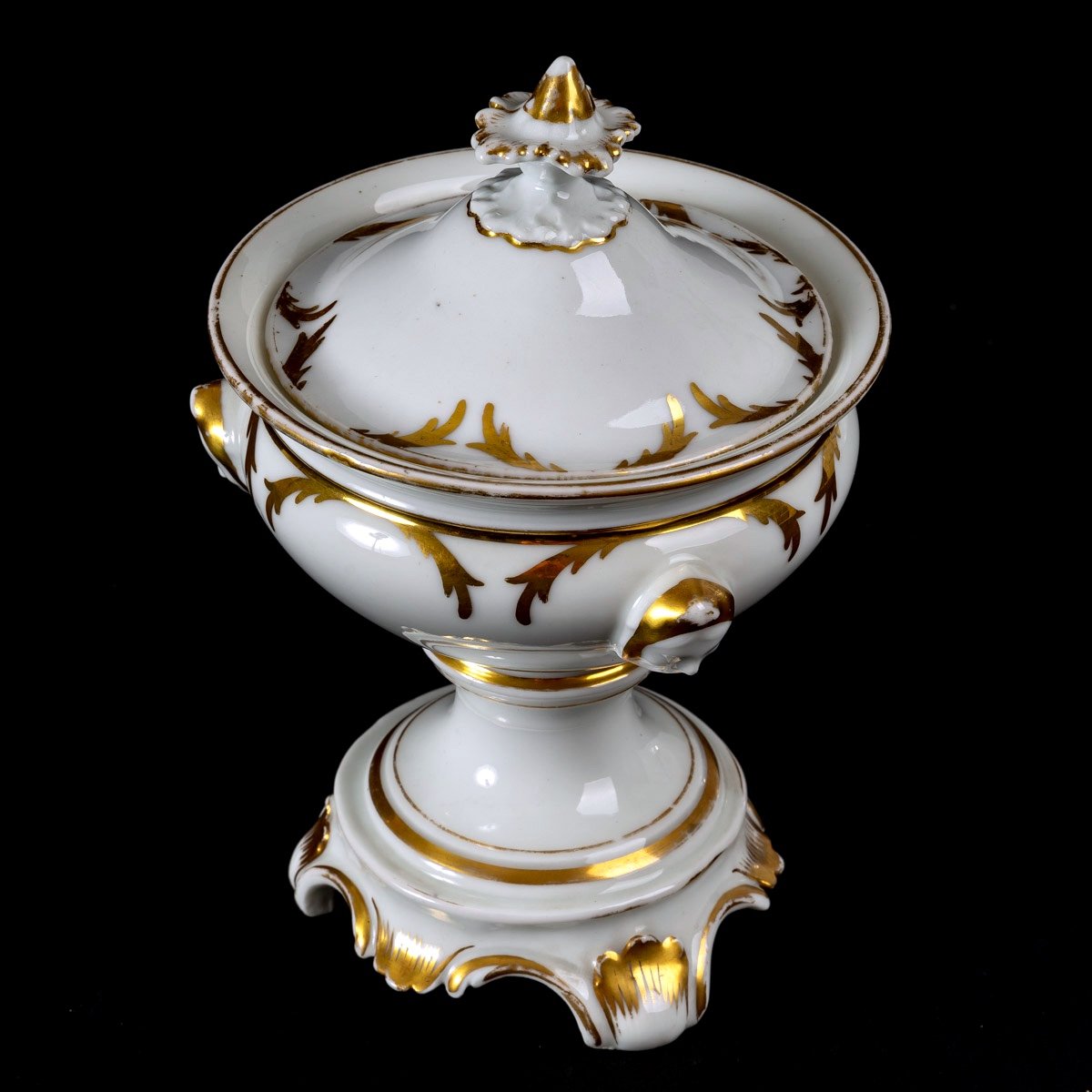
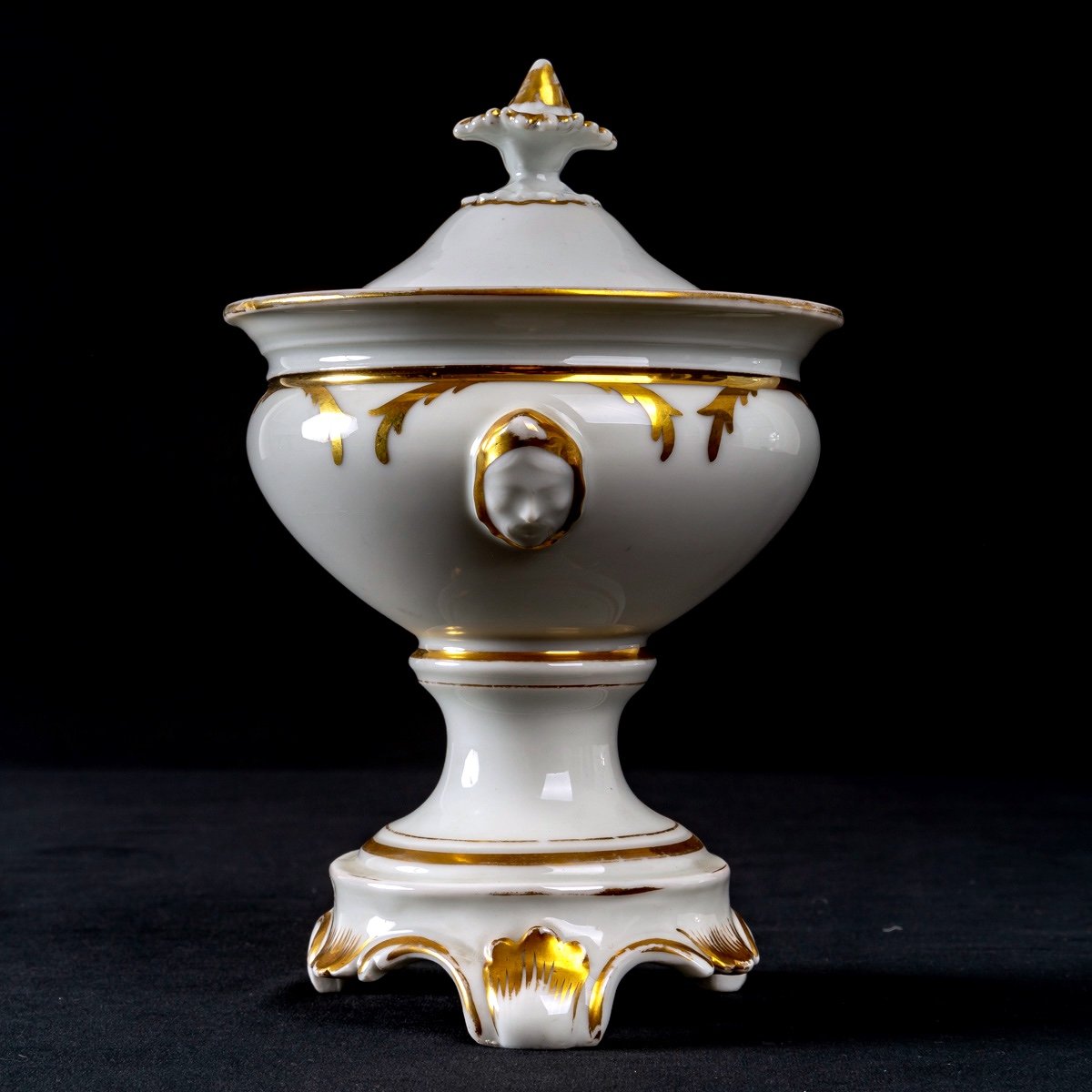
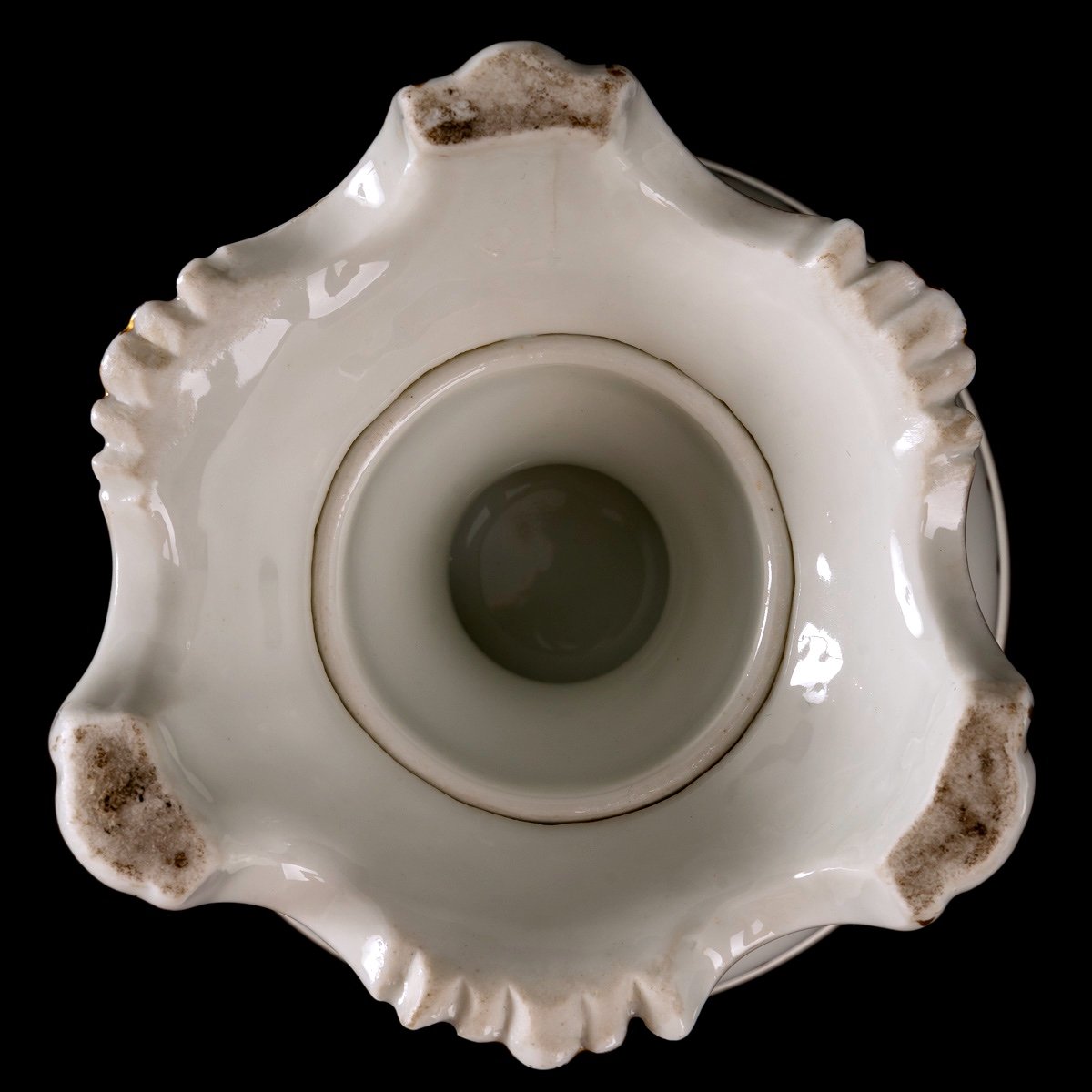
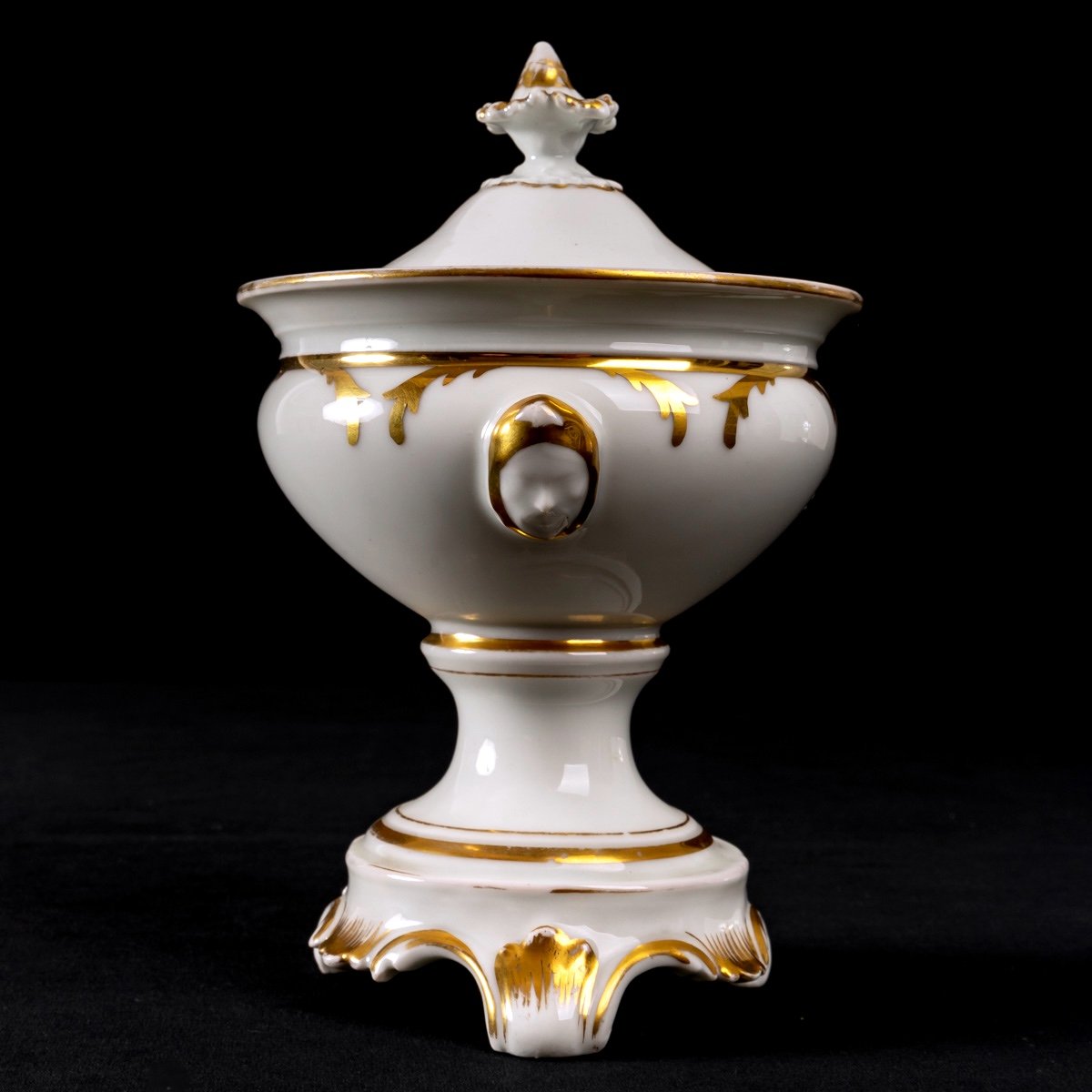
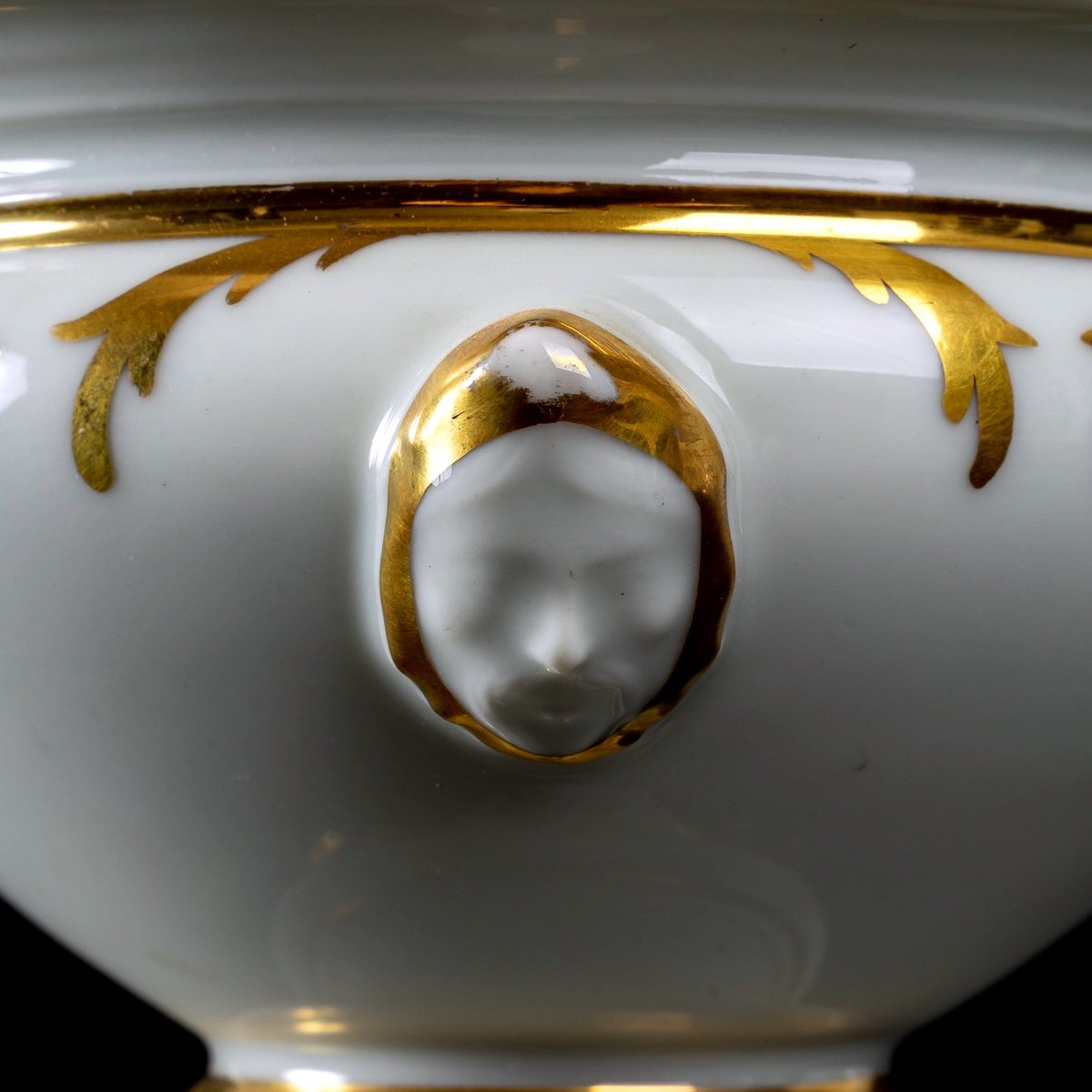
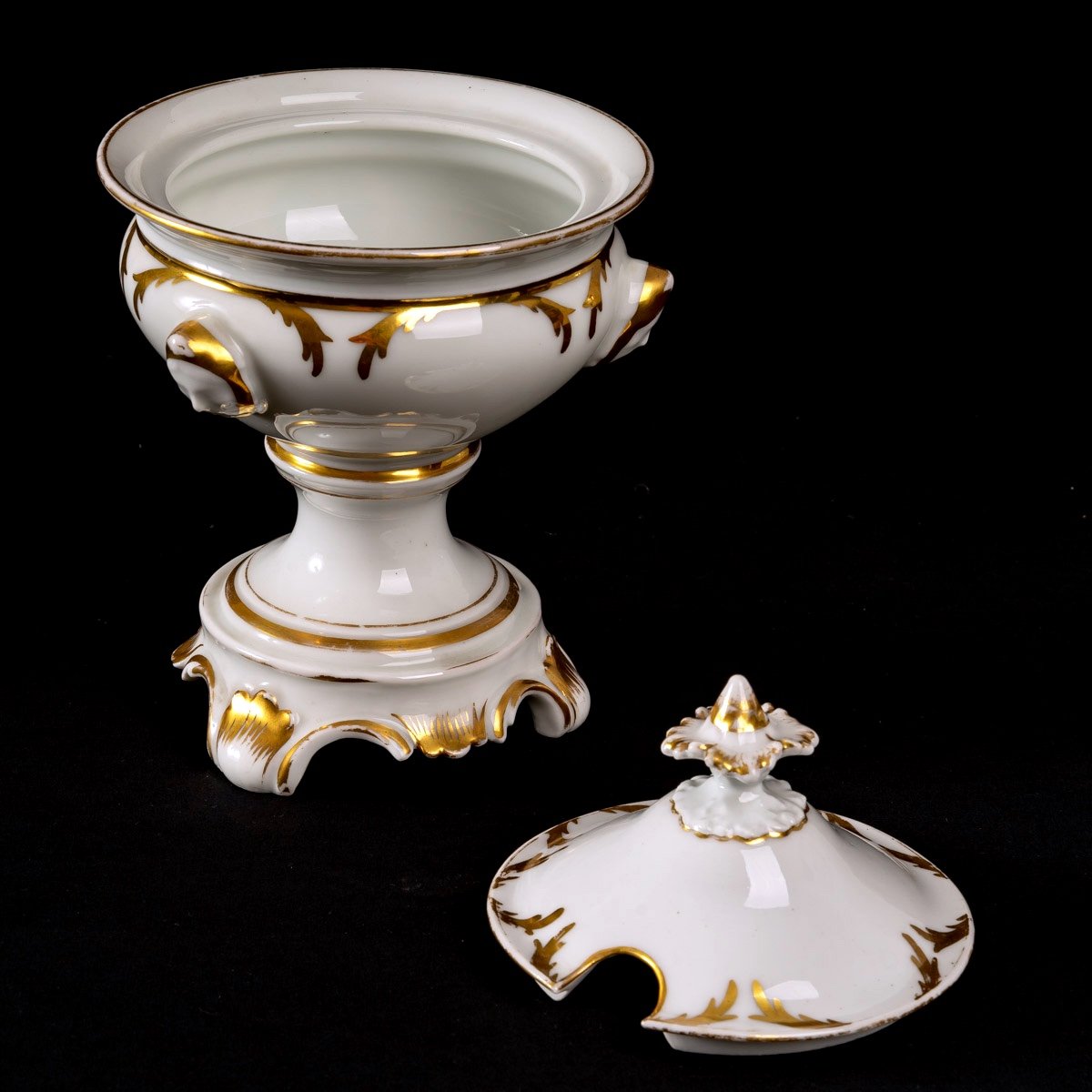
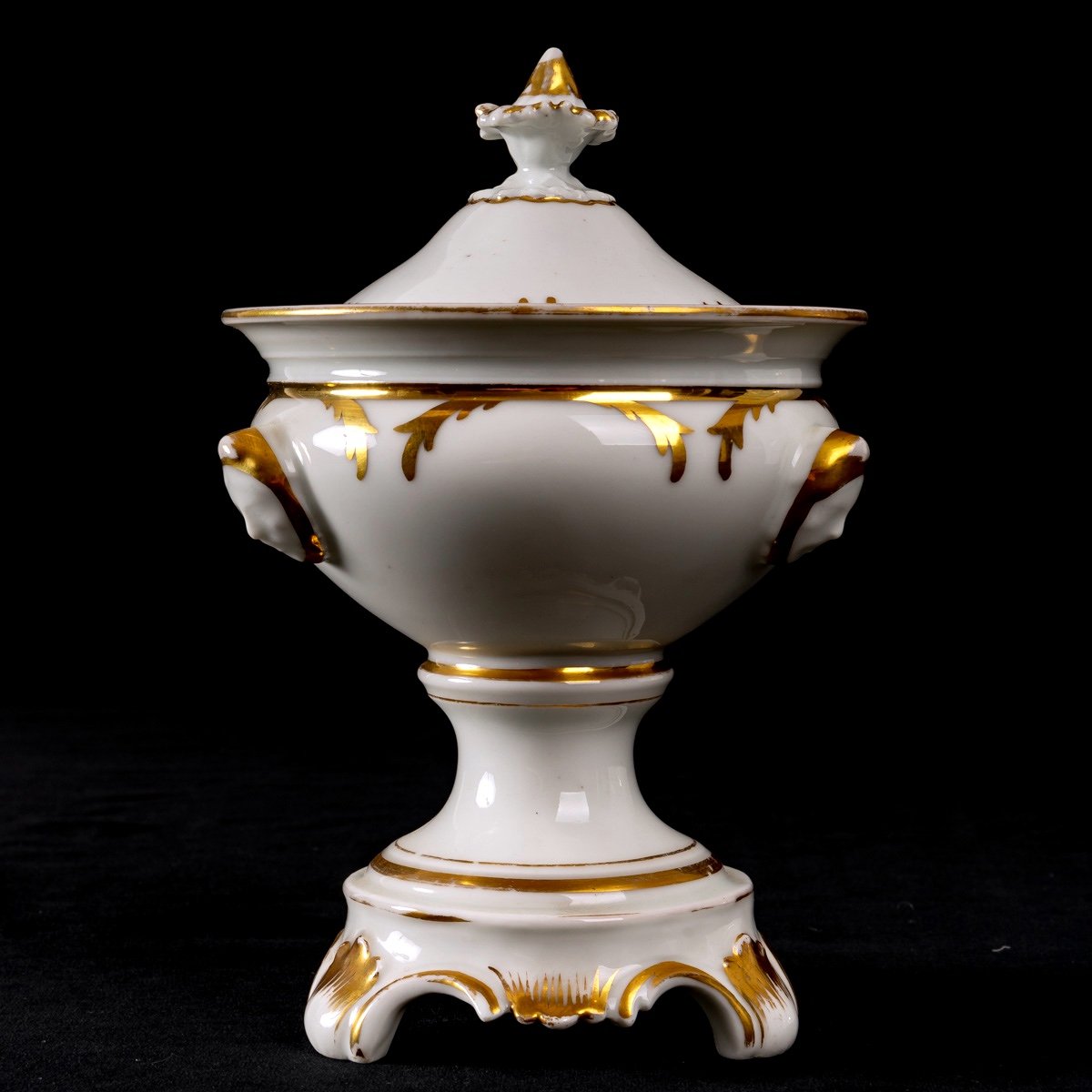








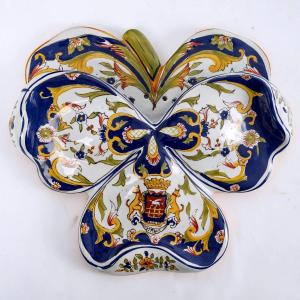
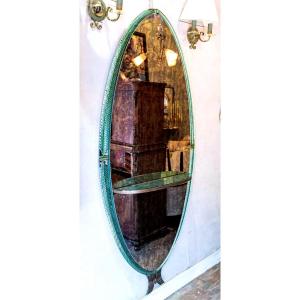
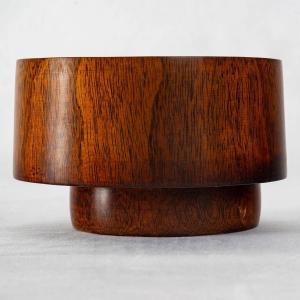
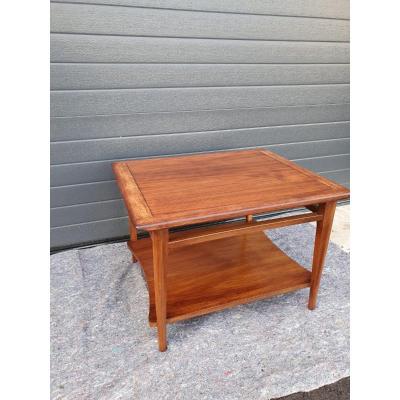

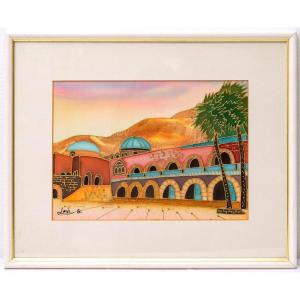
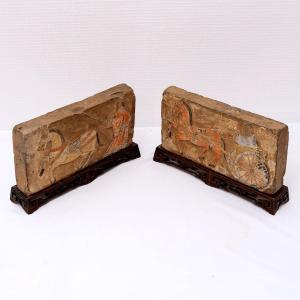
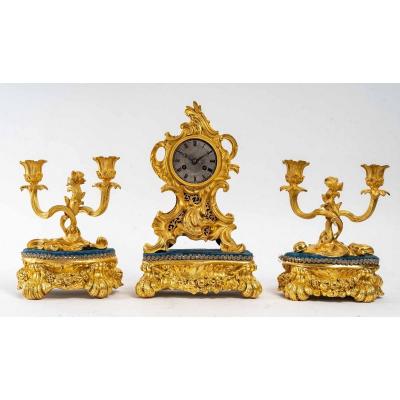
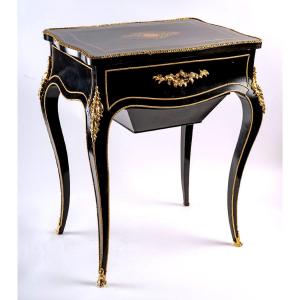
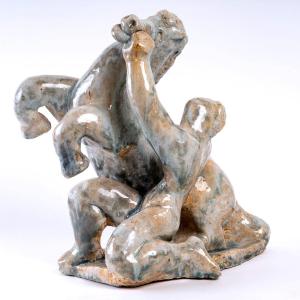
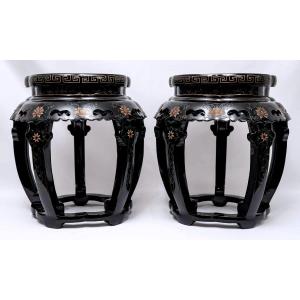


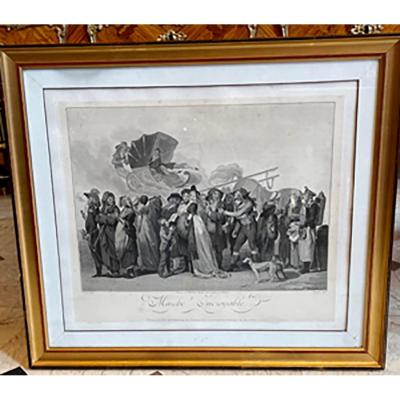

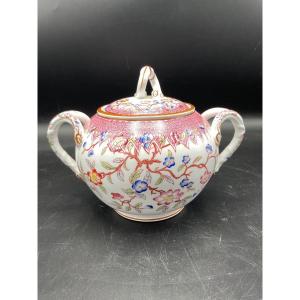
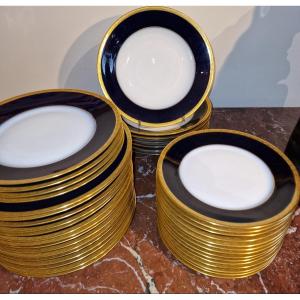


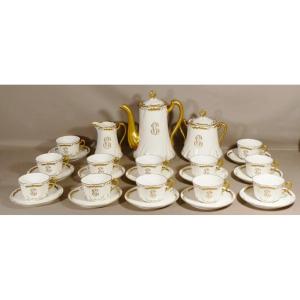



 Le Magazine de PROANTIC
Le Magazine de PROANTIC TRÉSORS Magazine
TRÉSORS Magazine Rivista Artiquariato
Rivista Artiquariato